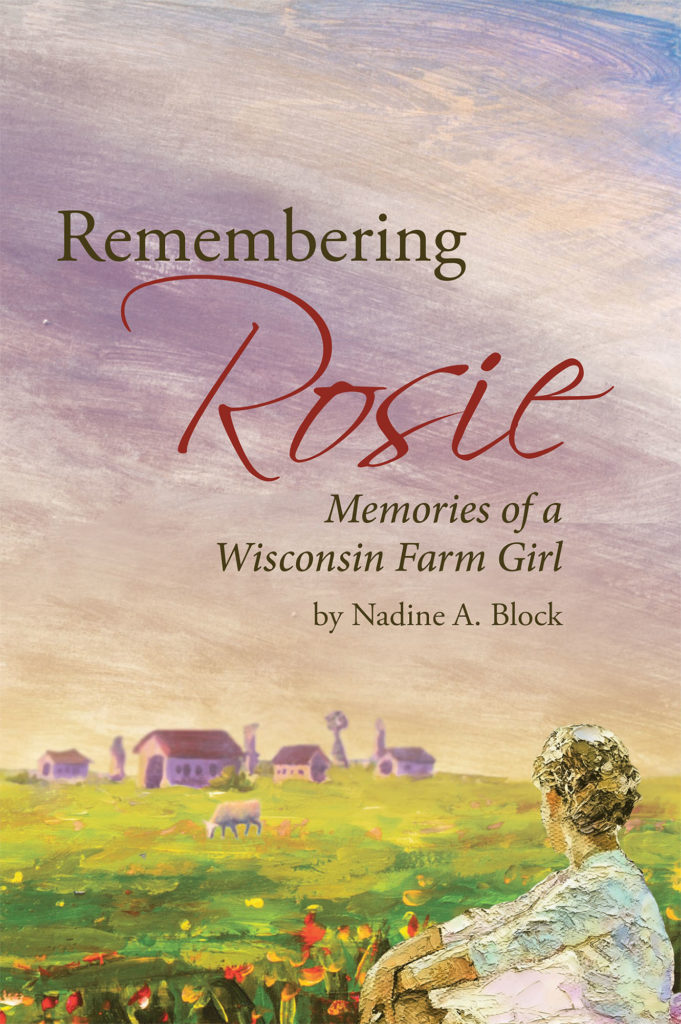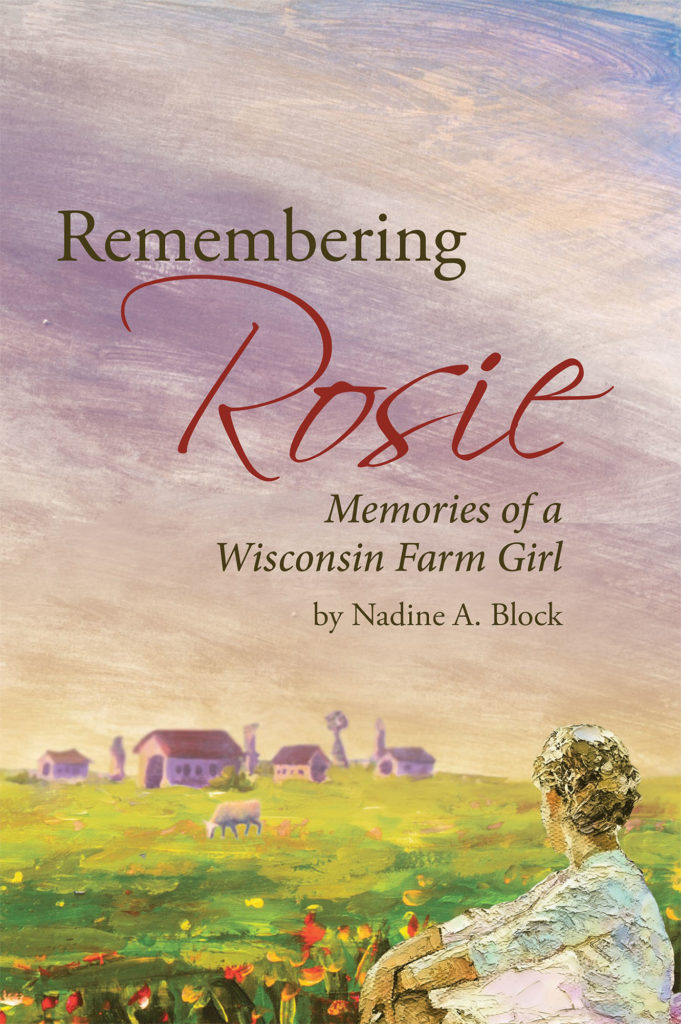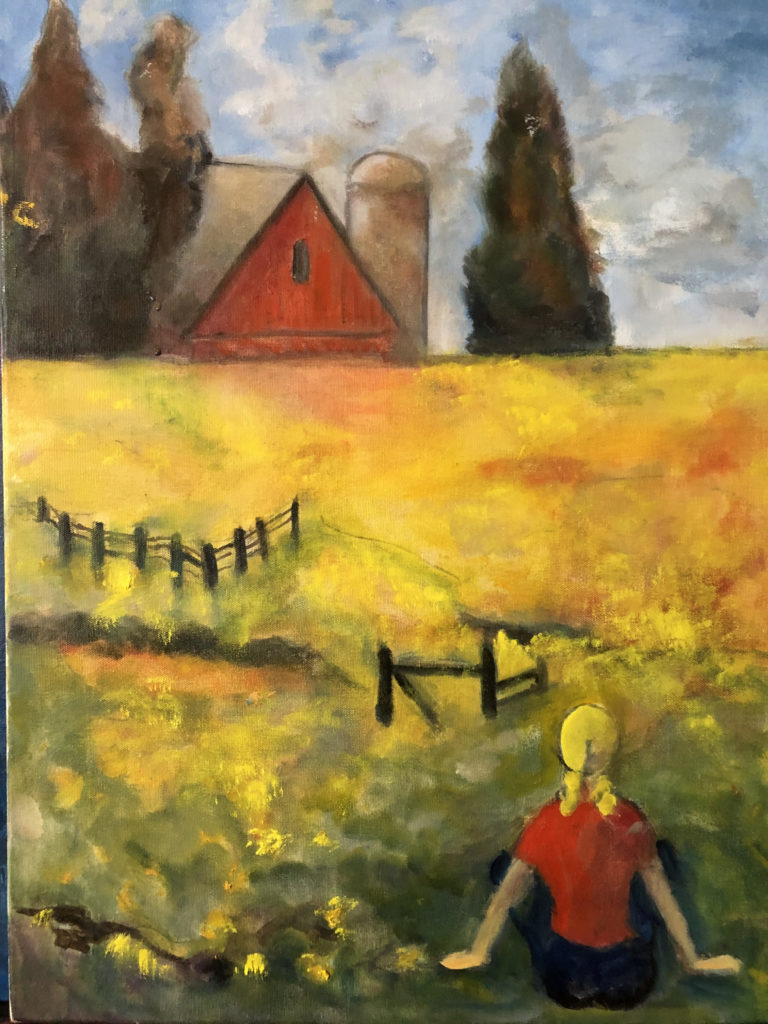11-21-20
My sons gifted me with a zoom class in grisaille painting from the New York Academy of Art taught by John Wellington, an established artist and great teacher. I am halfway through the 3-hour sessions of six weekly classes.
Grisaille is a French word meaning “grey.” Grisaille is pronounced “griz-EYE.” It is done to create an underpainting with a limited palette related to one color, usually grey. Underpaintings are, as the name implies, to be painted over. It was often done by the northern European artists during the Renaissance. The class is still working on underpainting but I expect we will begin to put in color, shadow mixes and transparent glazes. Mr. Wellington said we could do a complete painting in grisaille rather than adding other colors.
Monochromatic paintings are beautiful, but I want to know how the colors are applied. I like grisaille as an underpainting because it lets me concentrate on light and dark without the complexity of color.
Supplies:
Prior to class I gathered the materials needed: Recommended were a variety of “round” brushes as they were used in traditional painting rather than flat or filbert brushes, mediums (I chose Galkyd Lite thinned with mineral spirits), and supports of portrait linen, wood panel, aluminum, copper or prepared watercolor paper.
I planned to use a good quality prepared watercolor paper not wanting to invest in Belgian linen for a learning experiment. Watercolor paper used for oil painting must be a high quality, stiff watercolor paper. I cut it to size and taped it to stiff backgrounds like paint panels and even old paintings. I made several sizes. Next, I used two coats of gesso on each and followed with an oil primer.
I bought three Belgian linen portrait canvases to use later when I had learned the technique. I also bought an 11″x14″ Belgian portrait canvas in case I did not like the watercolor paper. Ha! It was a good thing I had backup. I hated painting on the prepared watercolor paper. I started painting on the small portrait canvas. My right hand with a slight essential tremor made it hard to paint a full figure on a tiny canvas with very small brushes. I was left with using a 29″x30” linen canvas that I hoped to use later. That worked fine.
Every painting is an experiment. I’ll stop making mistakes when I die.
Layout and composition
Our model was a female dancer dressed in a pink gown with a Russian fur hat in a seated position on a burgundy sofa. I decided to draw her full figure rather than just a face. I had toned my painting with a wash of burnt sienna acrylic paint. I first experimented with my sketch book…placement of the figure in space and light/dark values. I used vine charcoal to sketch as I did later on the canvas. I blotted the charcoal thoroughly with a fine cotton cloth leaving a faint memory of the lines. I made three small piles of paint..mars black, titanium white, and a grey mixture made of both.
Beginning the painting
I usually lay down a too-dark line for sketching. It makes it hard to correct later. I made myself think “grey, not black.” That is necessary because I make a lot of corrections. I didn’t begin art lessons until I was in my seventies so it is like teaching an old dog new tricks. In later years, you can learn but sometimes it takes longer. I like the challenge. One of the things I learned is to try to keep as much white as possible in light areas and not commit too quickly into shadow mixtures. My painting looks muddy in some places because I have redrawn it so many times as I correct form issues. I have it on an easel behind my computer desk. I want to make corrections so badly but I know I must leave it dry so I can paint on it in the next class.
Painting of Wendy finished and sold.





